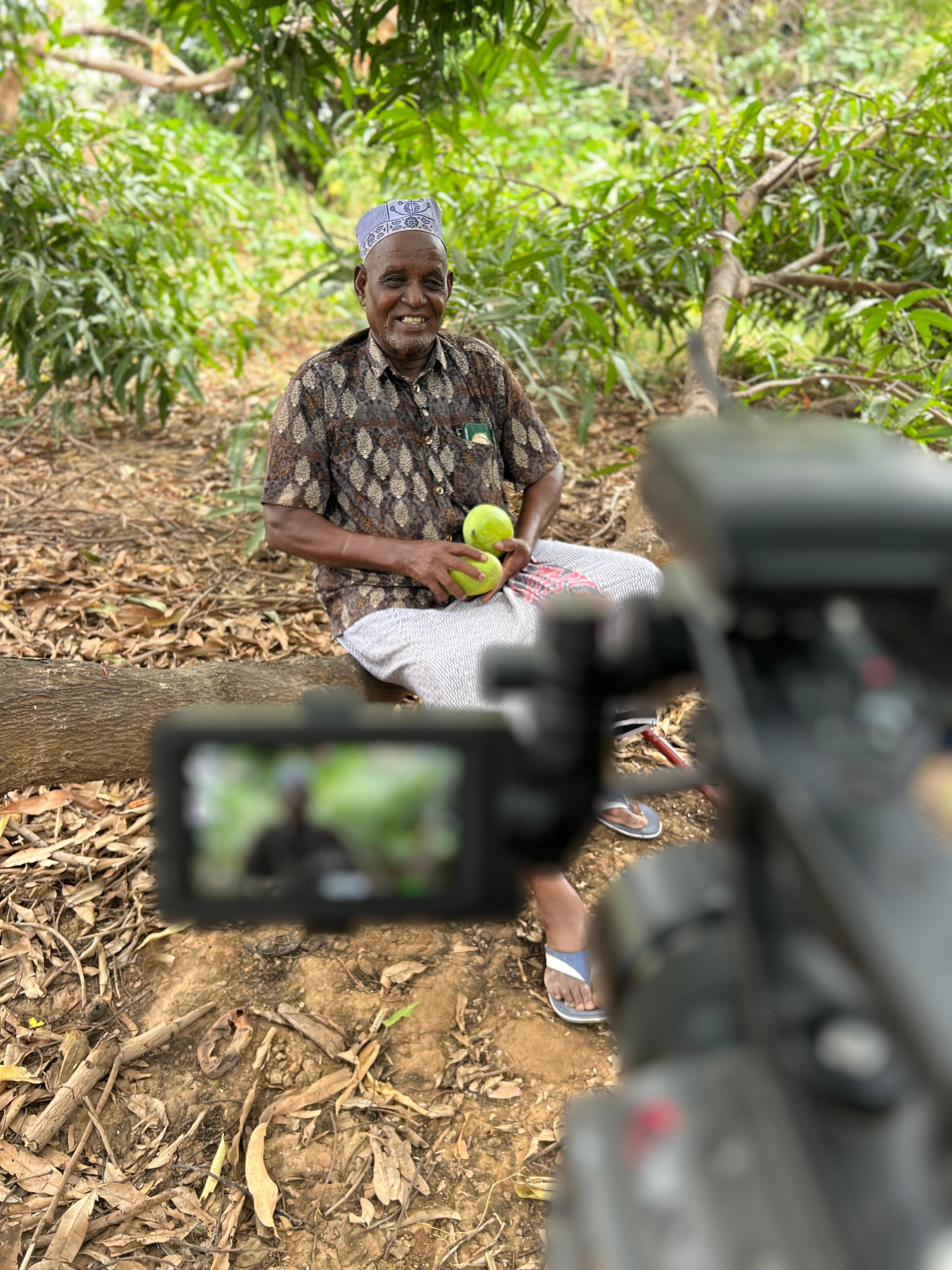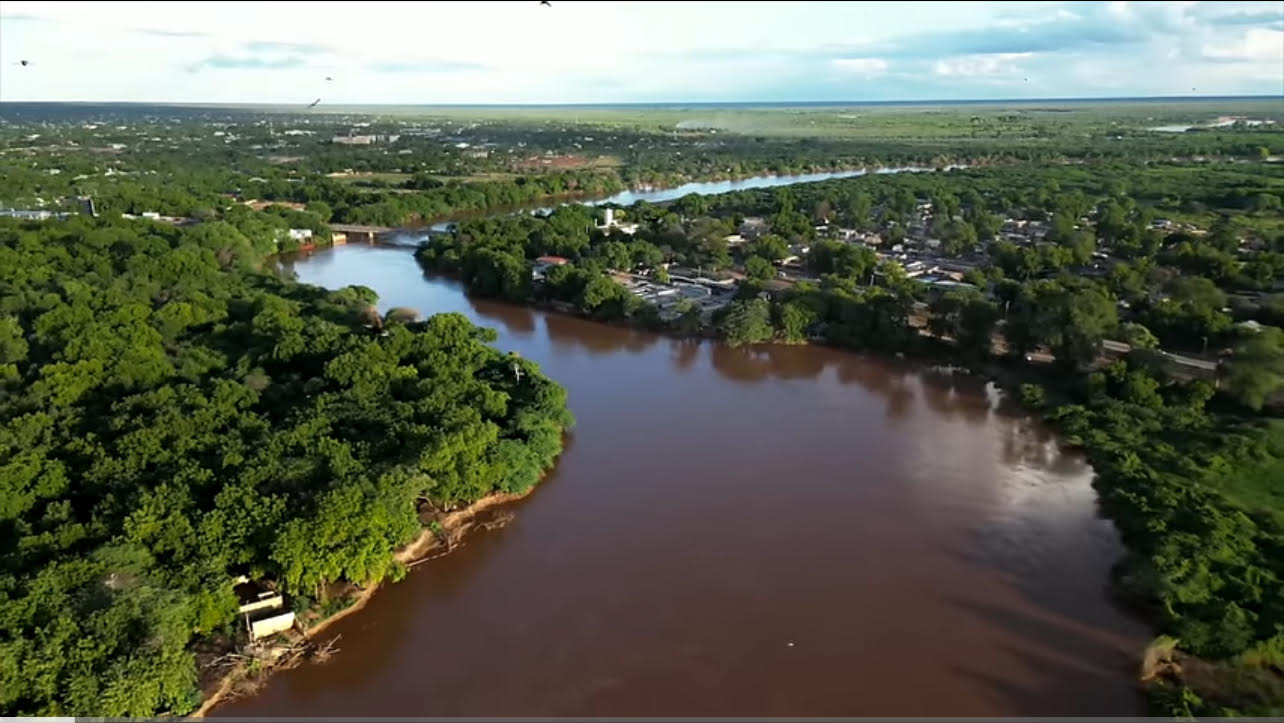In Garissa, the horizon stretches endlessly, a glowing canvas of sun, silence, and sky. For many Kenyans, Garissa is more of an idea mostly negative than a place. It's seen as distant, mysterious, and often misunderstood. But spend just a few days here, and another truth begins to unfold.
Garissa is one of Kenya’s best-kept secrets. A region where resilience is second nature, where culture breathes in the open air, and where development is beginning to sprout slowly but surely from the very soil once seen as barren.
“Garissa is no longer a footnote in national development. We are building a county that’s resilient, modern, and full of potential,” says Governor Nathif Jamaa. “This transformation is not accidental it’s deliberate, people-centered, and unstoppable.”
Running like a lifeline through Garissa County is the amazing Tana River, Kenya’s longest river and, here, its most precious. Farmers along its banks have long relied on its waters to irrigate their lands, sustaining vibrant farms in places like Alole farms all the way to Balambala.
On a humid morning at Alole farm, 62-year-old farmer Siat Omar bends to inspect his watermelon and mango crop. “They said nothing can grow here. But look,” he smiles, brushing soil from the fruit. “This land feeds my children. It feeds my neighbours. The river has made us farmers.”
With growing interest in climate-smart agriculture, smallholder farmers are increasingly adopting solar-powered irrigation and drip systems. Greenhouses dot parts of Garissa a quiet revolution redefining what is possible in the arid lands.

Mzee Siat Omar at his farm in Alole, Garissa County.
“Agriculture is the new frontier in Garissa,” notes Governor Jamaa. “We are supporting farmers with training, technology, and infrastructure because we believe food security starts right here at home.”
In Garissa’s famed livestock market one of the largest in East Africa the air is filled with the sounds of commerce and the smell of camel milk tea brewing nearby. Traders from as far as Ethiopia and Somalia gather here, drawn by the region’s vibrant trade in goats, sheep, and camels.
“A healthy camel here can fetch you over 100,000 shillings,” says Hassan Mohamed, a third-generation herder. “We don’t just sell livestock. We raise them and take proper care of them.”
“Livestock is not just an economic pillar for us it is part of our heritage,” adds Governor Jamaa. “Our focus is on enhancing value chains, modernizing markets, and ensuring pastoralists benefit from their hard work.”
Garissa is also a place of intellect and memory. Garissa University, once a symbol of tragedy following the 2015 attack, now stands tall and full of life. With expanded programs and increased enrolment, the institution is shaping a new generation of professionals from the region.
“We chose to stay,” says Shakila Kanana, a university student. “Our hope is louder than fear. We will write a new story from this campus.”
New education centers across the county from early childhood centers to teacher training colleges signal a growing commitment to human capital. For a region once marginalized in national education indices, this progress feels revolutionary.
“Education is the ultimate equalizer,” states Governor Jamaa. “We are investing in it because our youth deserve the tools to lead, innovate, and thrive in today’s world.”
From the bustling town we visited Garissa Level 5 Hospital, which has now grown into a regional hub, serving patients not just from within Garissa County but also from neighboring counties like Tana River and Wajir, as well as parts of southern Somalia. With a state-of-the-art dialysis unit, new cancer screening labs, and ongoing expansion of a maternal-child health wing, the hospital stands as a beacon of hope.
“We used to travel to Nairobi for treatment. Now we come here,” shares Habiba Ali, whose daughter is undergoing treatment. “It’s closer, affordable, and the doctors understand us.”
Beyond the urban bustle lies Garissa’s untamed wilderness. In areas like Boni and Ishaqbini reserves, elephants, giraffes, and elusive Hirola antelopes roam their movements tracked by a new generation of community conservationists.
“People don’t associate Garissa with wildlife, but it’s here,” says Salat Ousman, who works for the Environment department in the county. “It’s just been hidden like everything else about this place.”
Garissa is changing. Paved roads like the Modogashe-Nuno corridor have opened up trade and cut down travel times. Investments in clean energy, especially solar microgrids, are lighting up schools and health centers. The solar plant in Garissa is testament of the huge potential of renewable energy in Garissa.
Still, challenges remain from recurrent droughts to youth unemployment. But the people of Garissa are not waiting for handouts. They are organizing, innovating, rising.
“We don’t want sympathy. We want visibility. Partnership,” says Mahmoud Shuriye, a local welder and entrepreneur. “Come and see what Garissa is really made of.”
“Our vision is to make Garissa a regional model of inclusive, climate-smart development,” concludes Governor Jamaa. “The time of being misunderstood is over. We are telling our story proudly, and in our own voice. Together with the National Government we have invested heavily in building the County Aggregation and Industrial Park in order to boost manufacturing here”
To know Kenya, truly, is to understand all of its landscapes even the quiet, faraway ones. Garissa is not just a place on the map. It is a heartbeat. A promise. A people who have survived and are now ready to thrive.
For too long, Garissa has been spoken about. Now it is time to let it speak for itself.
PNTV Africa is committed to telling stories from regions that matter regions often overlooked. Through lenses of dignity, depth, and development, we tell our stories our way.
Watch the full story here and subscribe to our channel (PNTV Africa on YouTube):
https://youtu.be/VfGBy5_iFEA?si=ux9YVum70u4-35jk

